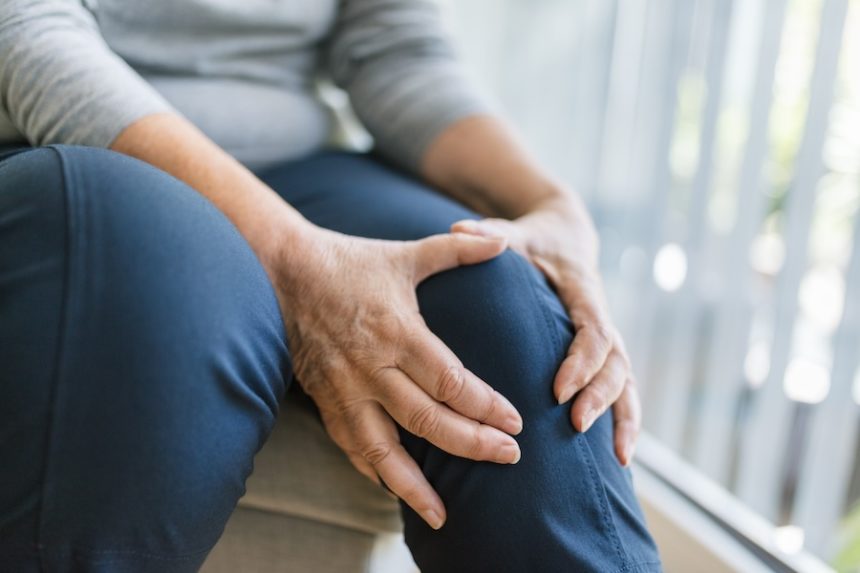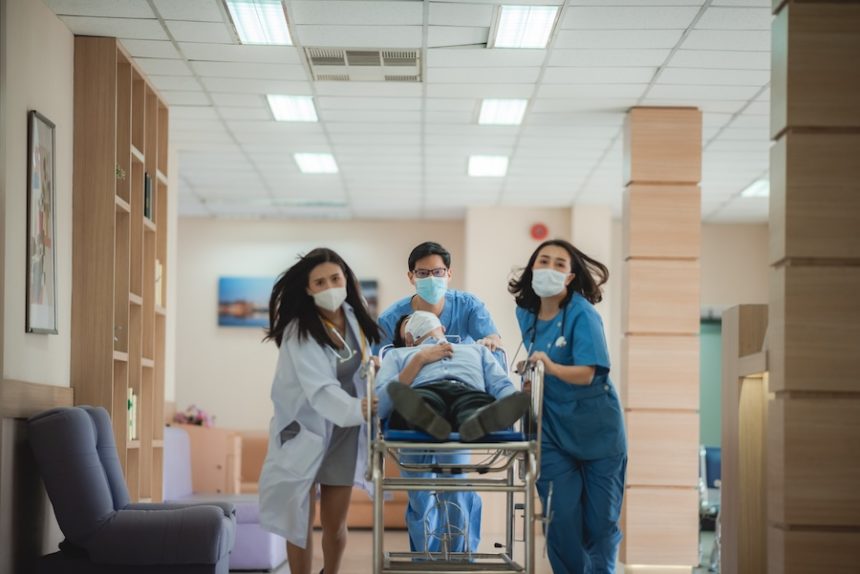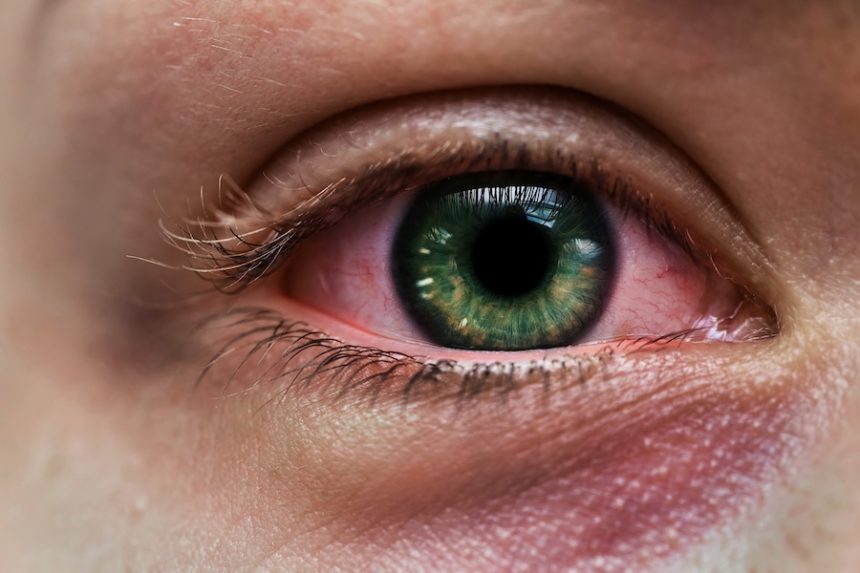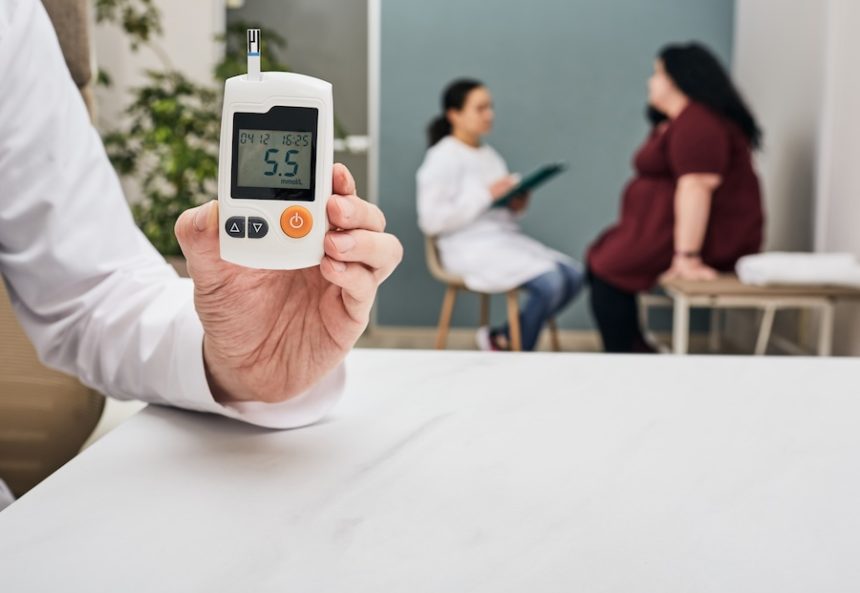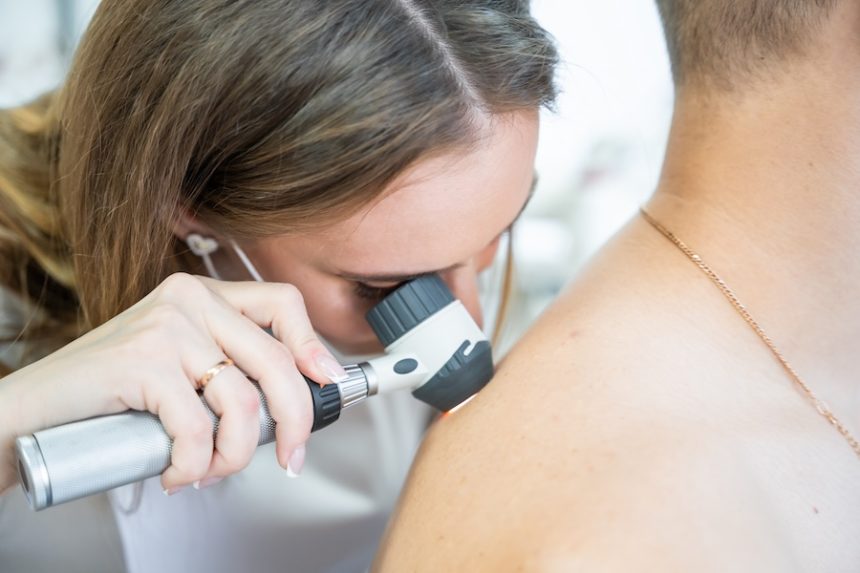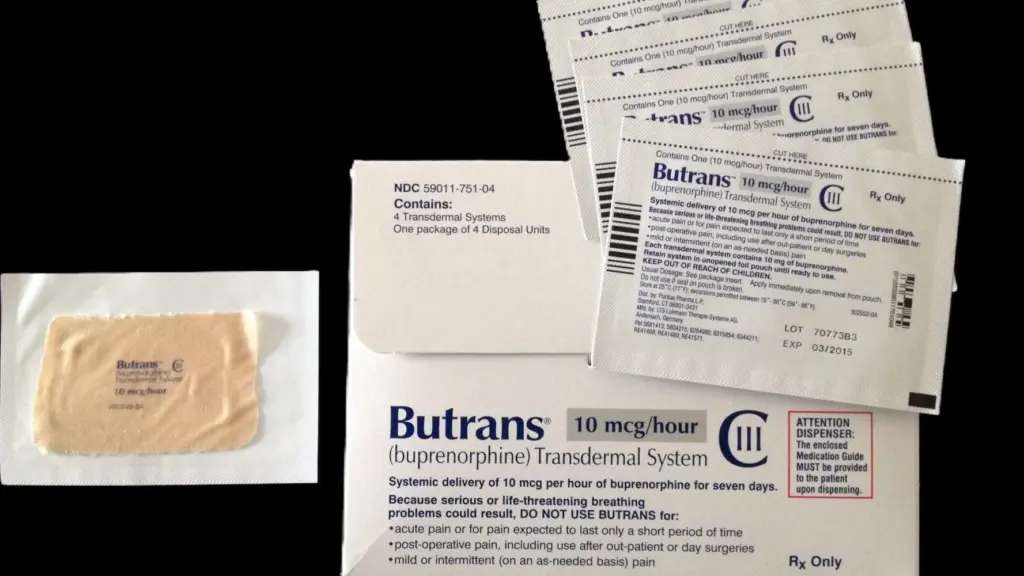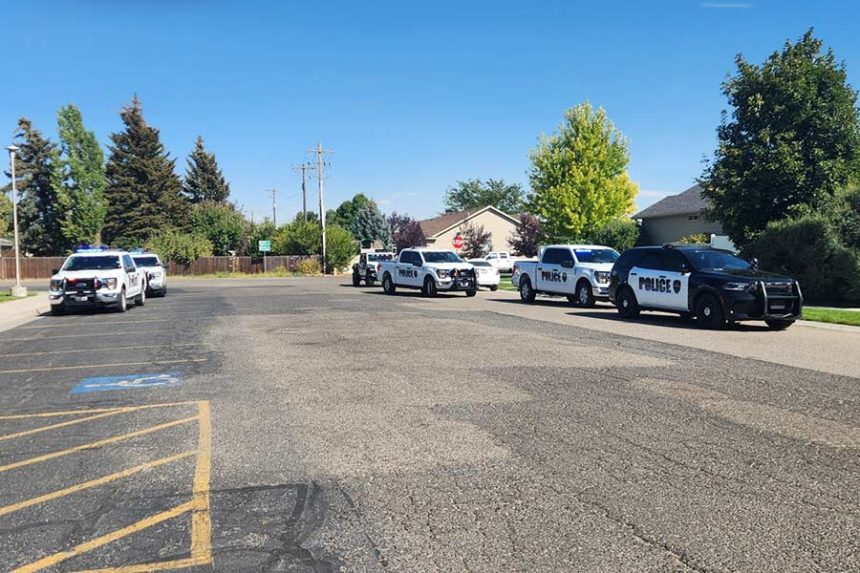Osteoarthritis (OA) is the most common form of arthritis, affecting over 32 million Americans.
According to the World Health Organization, OA is the fastest increasing health condition and the second leading cause of disability in the United States. OA can present considerable challenges due to its physical, psychological, and financial effects.
People with OA often experience pain and decreased range of motion in their joints, leading to significant reductions in quality of life and activity levels. Lower activity, associated health conditions, and the side effects of medications contribute to a 55% increase in all-cause mortality among OA patients. OA is also linked to higher rates of depression and anxiety.
Fortunately, new treatments are offering some patients renewed hope.
Question: What is Low-Dose Radiotherapy?
Answer: Low-Dose Radiotherapy (LDRT) is a non-invasive, anti-inflammatory treatment that uses very low doses of radiation to reduce pain and improve joint function in patients with painful musculoskeletal conditions such as osteoarthritis (OA). This treatment has been used successfully in Europe for decades and is gaining recognition in the United States for its effectiveness, particularly when other treatments have not provided sufficient relief.
Question: How does LDRT work?
Answer: LDRT works by directing precise, low doses of radiation to inflamed areas of the joint. This low-level radiation reduces inflammation and modulates the immune response, leading to pain relief and improved mobility. Unlike the higher doses used in cancer treatments, the doses in LDRT are specifically chosen to minimize side effects while effectively reducing inflammation.
Question: What are the benefits of LDRT?
Answer: Non-Invasive: No surgery or needles—just targeted radiation therapy.
● Outpatient Procedure: Typically involves six sessions, each lasting about 10 minutes.
● High Success Rate: Most patients experience significant pain relief after the initial treatment course.
● Re-treatment Option: If necessary, treatment can be repeated for continued relief.
● Insurance Coverage: LDRT is covered by Medicare and many commercial insurance plans.
Question: Who should consider LDRT?
Answer: LDRT may be a good option for patients with osteoarthritis who:
● Have not found relief with other treatments such as physical therapy, medications, or injections.
● Want to reduce or eliminate medication use for OA.
● Prefer a non-surgical approach for managing OA pain.
● Are over 40 years old.
Question: What are the side effects of LDRT?
Answer: LDRT is considered very safe, with minimal side effects. The treatment does not affect healthy joints and does not interfere with potential future surgical procedures if needed. The risk of developing secondary conditions from LDRT is extremely low. For example, the estimated risk of a secondary malignancy from extremity LDRT is roughly equivalent to the risk associated with undergoing a CT scan of the abdomen and pelvis.
Question: Can LDRT be used for other painful musculoskeletal conditions?
Answer: Yes! LDRT has been used successfully to treat:
● Plantar fasciitis, also known as jogger’s heel
● Trochanteric bursitis
● Medial and lateral epicondylitis, commonly referred to as tennis elbow
● Tendinopathies of various joints
● Osteoarthritis of both large and small joints
LDRT offers a safe, non-invasive option for individuals struggling with osteoarthritis pain, especially when other treatments have not been effective. It may also be helpful for other chronic, painful musculoskeletal conditions. If you’re considering LDRT, speak with a healthcare provider who specializes in this therapy to discuss whether it’s right for you.
